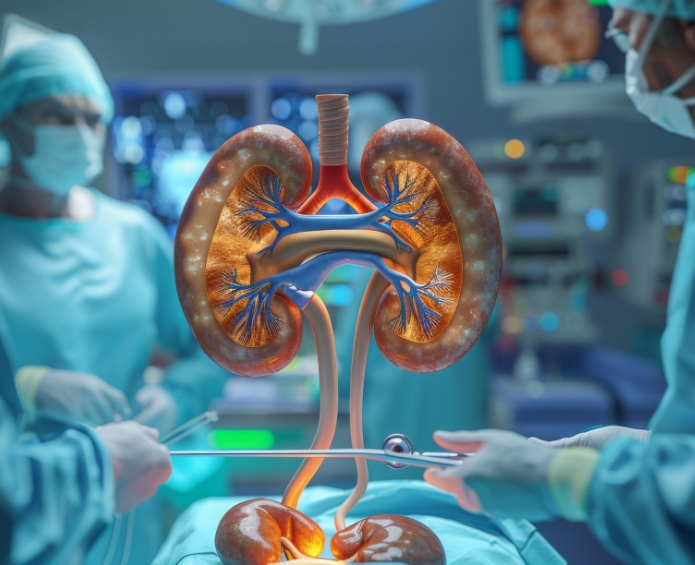
SURGERY FOR KIDNEY AND BLADDER CANCER
Kidney cancer affects several people every year. The cancers in the urinary tract and genital tract are called genitourinary cancer. The most common of genitourinary cancer include bladder cancer, prostate cancer, kidney cancer, penile cancer and testicular cancer. Kidney cancer also called renal cancer, occurs when the kidney cells grow out of control, form clumps together to build a malignant tumour. Similarly, bladder cancer begins with urothelial cells, lining the inside of the bladder.